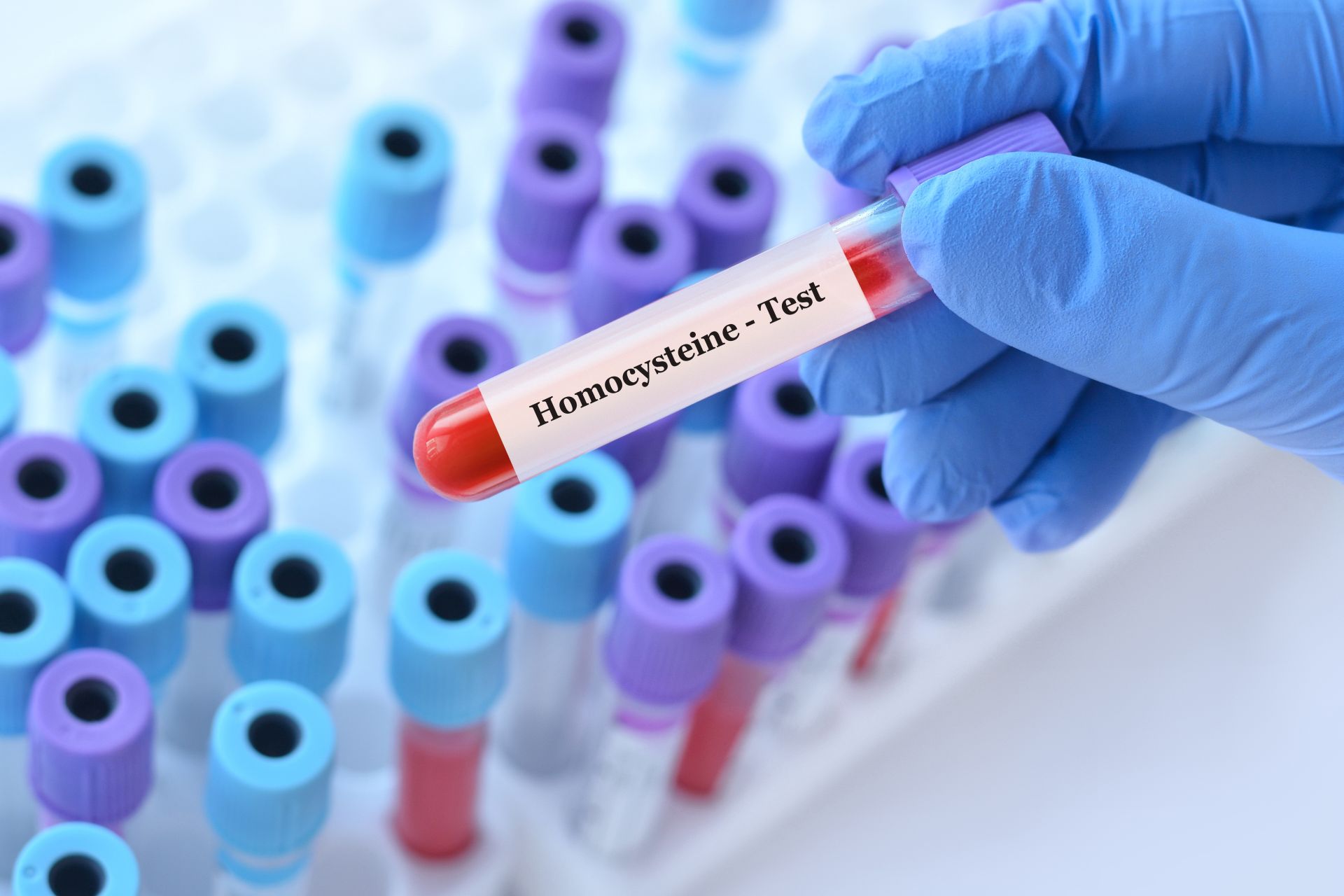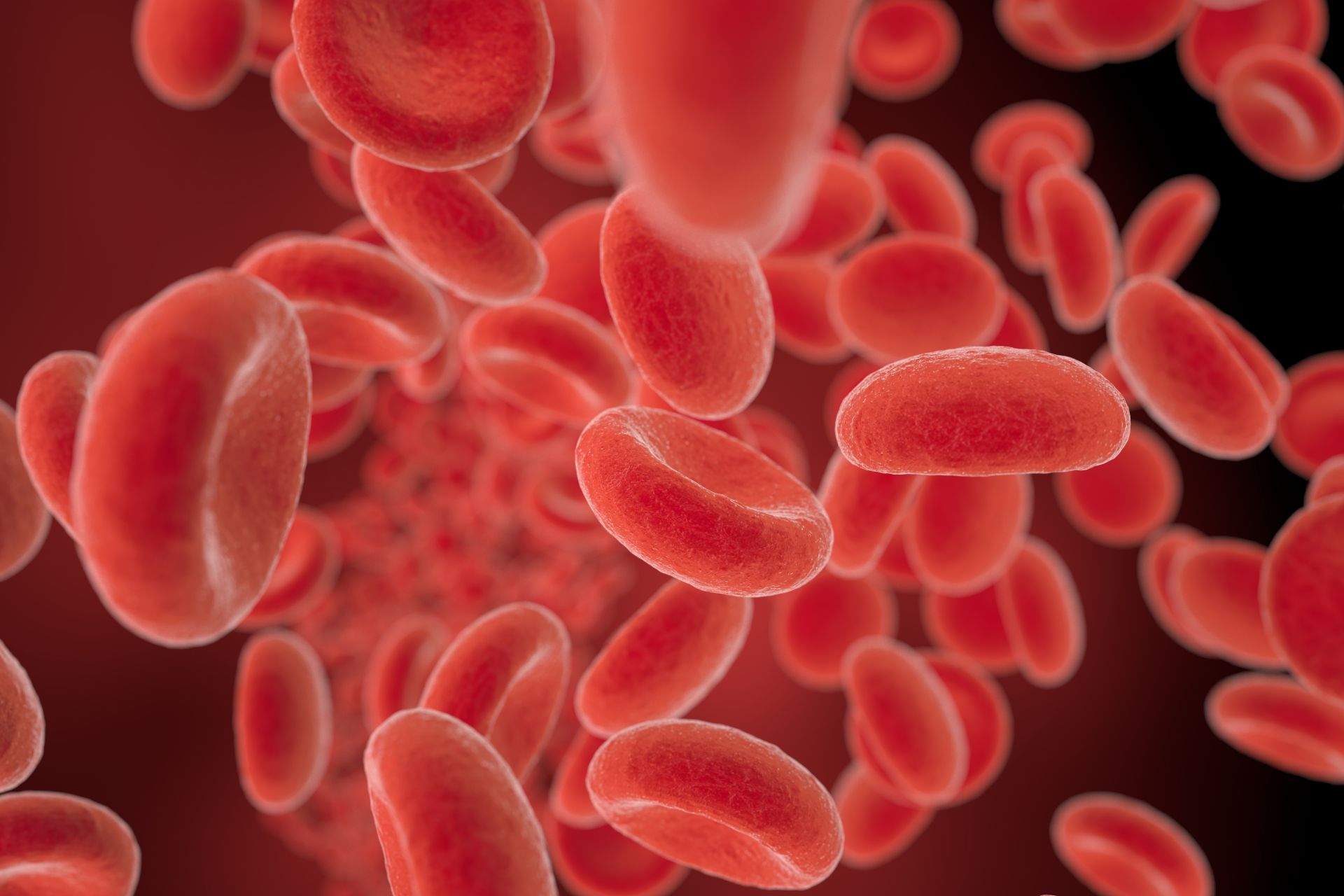
The normal concentration of homocysteine in the blood is between 5 and 15 micromoles/liter. Just why do diagnostic tests to check homocysteine levels in the blood at all? Well, it is a parameter that tells us a lot about the risk of atherosclerosis and cardiovascular disease, but also the risk of dementia and Azlheimer's disease. It is also a functional marker of B vitamin saturation. Learn more about homocysteine, diagnostic tests to check its levels and analysis of its concentrations.
- Blood homocysteine concentration standards
- Preparing for a homocysteine test
- What concentrations of homocysteine do we consider to be hyperhomocysteinemia?
- Why test homocysteine?
- Price of homocysteine testing
- Summary
Blood homocysteine concentration standards
Homocysteine concentrations between 5 and 15 micromoles/liter are within laboratory standards and are considered normal. With such results, most doctors will not take any action.
However, there is a belief among some proponents of clinical dietetics and functional medicine that one should aim for concentrations below 10, or even lower, to be absolutely sure that all is well. Such a message has some justification. One study found that a homocysteine concentration of 14 micromoles per liter, which is within the reference range, yields a twofold increased risk of dementia.
Statistically, average homocysteine levels are higher in men than in women. Typically, homocysteine also increases with age. These observations correlate in some way with environmental factors. For example, men statistically eat more meat, and higher consumption of zoonotic proteins is associated with higher homocysteine concentrations. In contrast, digestion and absorption of vitamin b12, which is badly needed to metabolize homocysteine, deteriorates with age.
Preparing for a homocysteine test
When going to the laboratory for a homocysteine test, you should be fasting. Ideally, 13-14 hours should have passed since your last meal. This is more of a standard for blood tests, so it's easy to keep this in mind.
Consuming a meal, especially one containing protein, can significantly affect the result and its interpretation. In particular, an abundant supply of methionine (an amino acid contained in protein) will raise homocysteine. Testing after a meal or after a methionine load is also done, but has a different purpose and is interpreted differently. Such tests are performed to check specifically the efficiency of the transsulfuration pathway and to infer cystathionine beta-synthase enzyme dysfunction or vitamin b6 deficiency.
What concentrations of homocysteine do we consider to be hyperhomocysteinemia?
Any concentration above 15 moles per liter indicates hyperhomocysteinemia. However, it can be further divided into 3 grades, depending on the result:
- moderate - 16 to 30 micromol/L,
- moderate - 31 to 100 micromol/L,
- severe - more than 100 micromol/L.
The higher the homocysteine level, the more severe and severe the degeneration of blood vessels.
Why test homocysteine?
As a reminder , homocysteine is a sulfur amino acid, excessive accumulation of which in the body is toxic to blood vessels and increases the risk of vascular disease, including atherosclerosis. When we notice an excessive increase in homocysteine, it means some kind of disorder on either of the pathways of its metabolism - remethylation or transsulfuration. Disorders of both pathways are very unpleasant for health.
Impaired remethylation of homocysteine to methionine reduces the availability of S-adenosylmethionine (SAMe). Since SAMe participates in a huge number of different reactions in the body in the role of donor of methyl groups, the consequences of its deficiency are extensive. Among other things, the ability to methylate DNA, RNA and proteins then deteriorates.
Weakening of the trans-sulfuration process also does us no good, since glutathione, our main endogenous antioxidant, is created in this process, among other things.
Periodic homocysteine testing allows us to catch the problem in time even before serious changes occur. When noticing disturbing trends in homocysteine levels, diagnostics can be expanded for a more precise definition of the problem, and dietary changes and appropriate supplementation can be implemented. For hyperhomocysteinemia, active B vitamin complex and trimethylglycine (TMG) are very useful.

Price of homocysteine testing
As a preventive measure, homocysteine testing is done on one's own account and is not reimbursed by the National Health Fund. Doctors rarely order this test as a preventive measure. In well-known commercial laboratories, the price of a blood homocysteine test is in the range of PLN 50-100.
Summary
The norm for homocysteine is 5-15 micromoles per liter, but not everyone agrees. Some experts believe that it is best to keep homocysteine in the blood below 10. It is worthwhile to periodically perform a homocysteine test so that you can spot abnormalities even before noticeable symptoms appear. Blood homocysteine testing is a valuable part of sound preventive health care.
Sources:
 ⮜ Previous article
⮜ Previous article
Depression and physical activity. What is the link?
 Next article ⮞
Next article ⮞